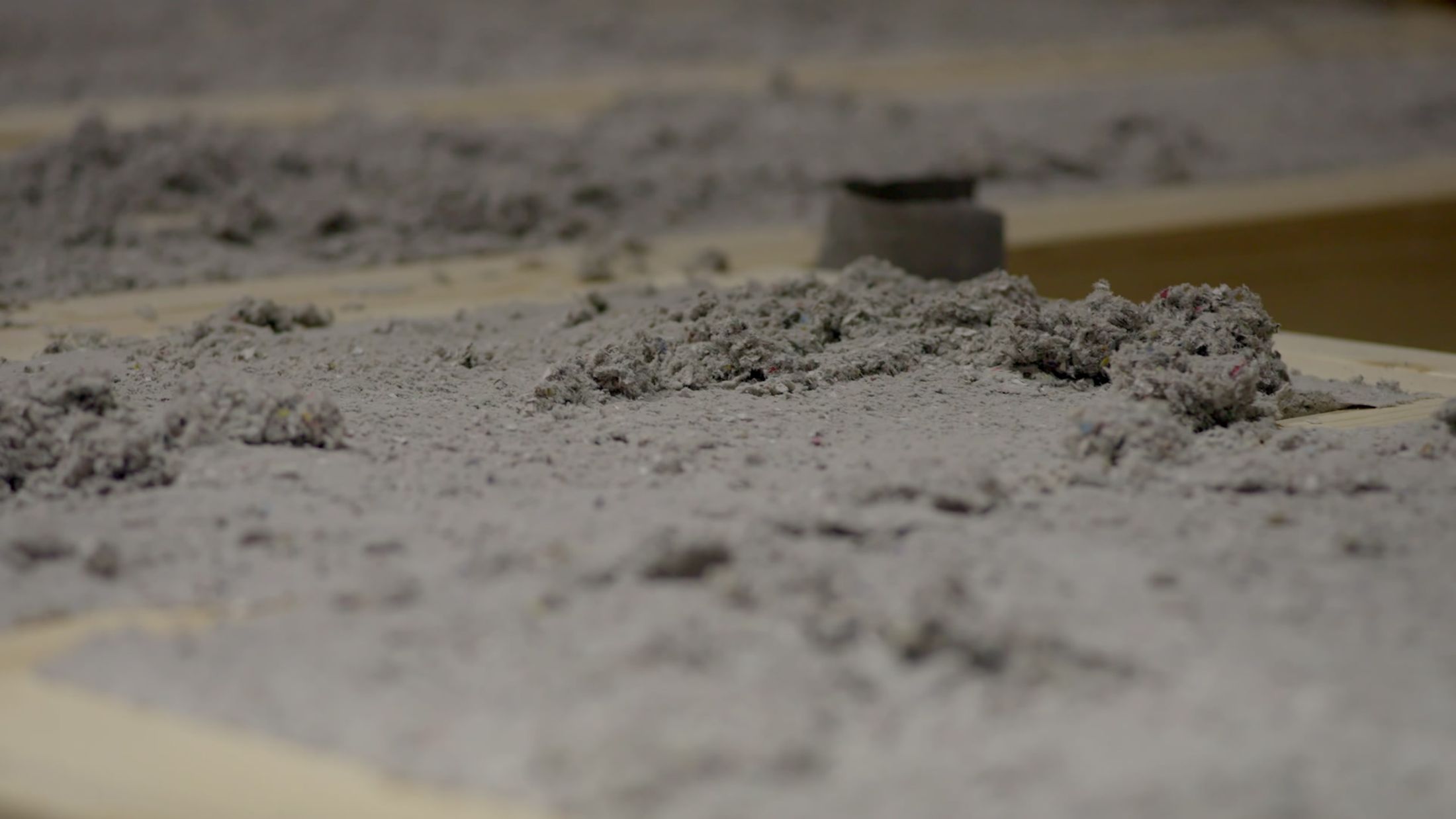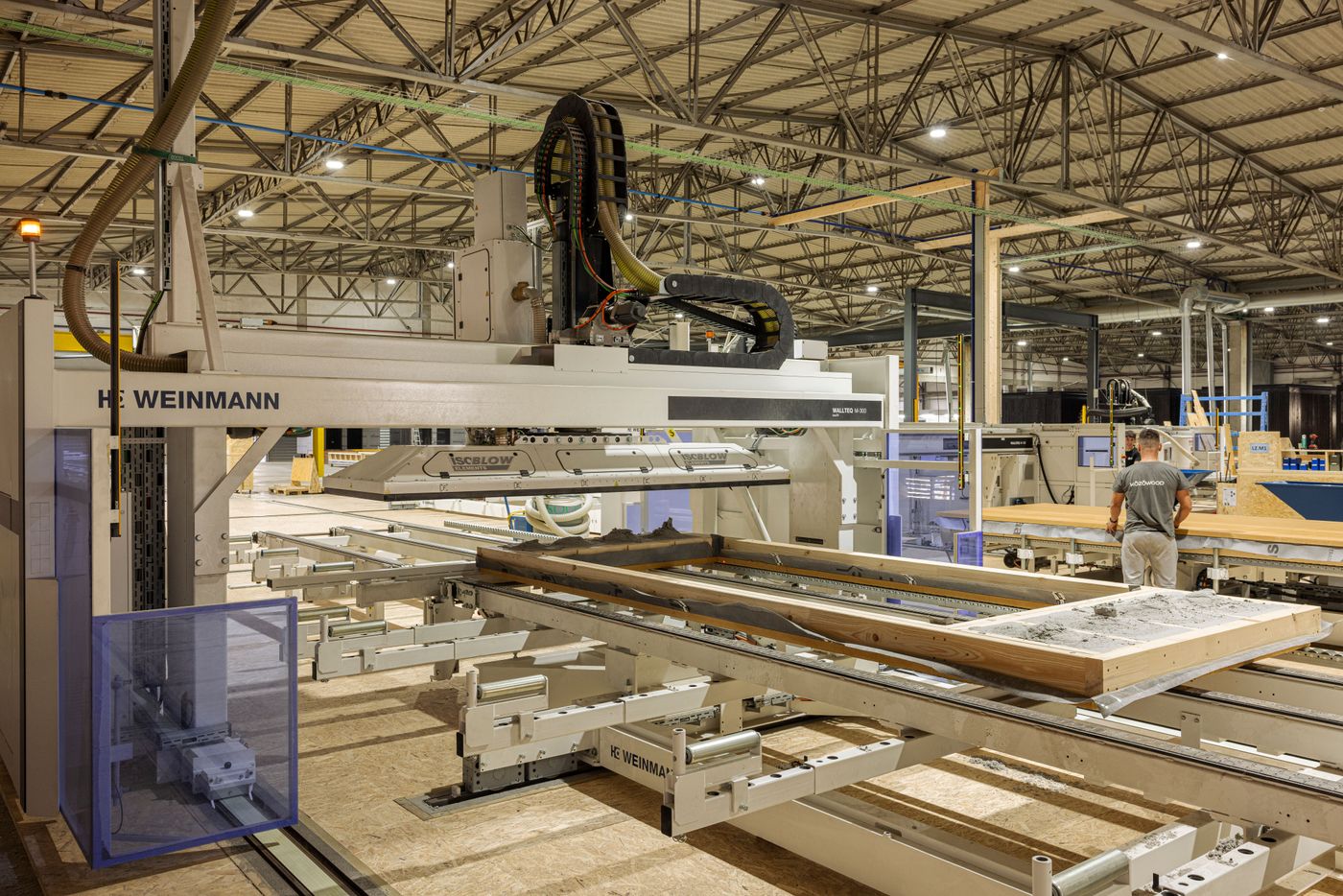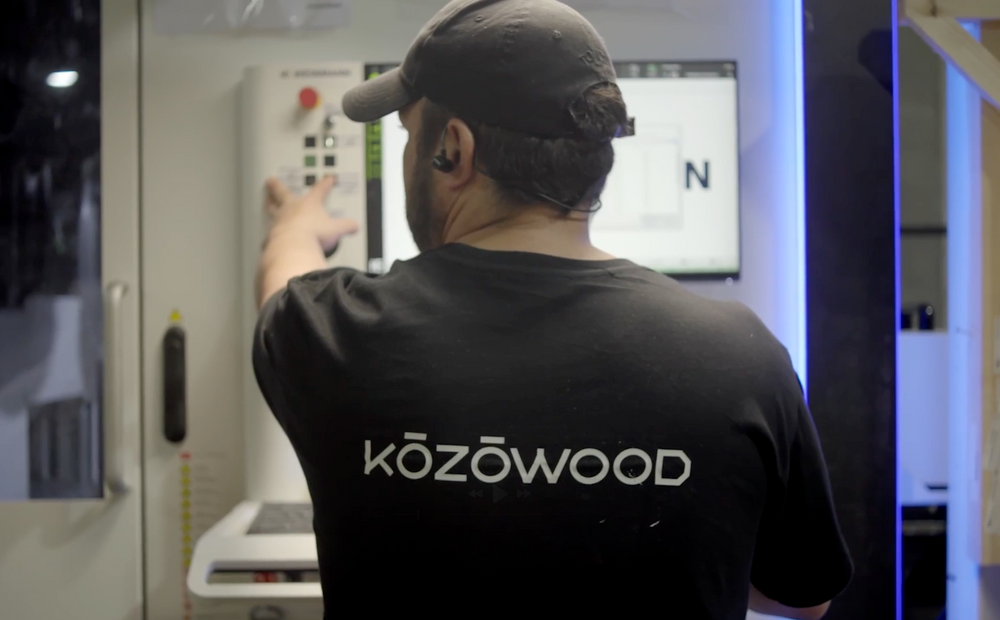(01)
Acoustic Performance
The Importance of Acoustic Performance in Timber Construction
What is acoustic performance?
Acoustic performance refers to the ability of a material or structure to absorb, block, or transmit sound, an essential factor in construction to ensure acoustic comfort. This performance is especially important in urban areas and multi-family buildings, where acoustic quality directly impacts the well-being of occupants.
How does wood contribute to acoustics?
Wood has natural characteristics that make it an ideal material for sound control. Among its acoustic advantages are:
1) Sound Absorption: The cellular structure of wood allows it to absorb sound waves, reducing reverberation and echo in interiors.
2) Acoustic Insulation: Through modern construction techniques, such as Timber Frame and CLT (Cross-Laminated Timber), it is possible to create effective acoustic barriers that minimize sound transmission between rooms and floors.
3) Residential Comfort: Good acoustic performance ensures a calmer and more private environment, enhancing the quality of life for occupants and increasing the value of the building.
(02)
Thermal Performance
The Thermal Performance of Timber Construction
What is thermal performance?
Thermal performance measures a material's ability to resist heat transfer, a crucial factor in maintaining a comfortable internal temperature in buildings. This characteristic reduces the need for additional heating or cooling, resulting in energy savings.
Thermal Advantages of Wood
Wood offers significant advantages in terms of thermal insulation and energy efficiency:
1) Thermal Insulation: With low thermal conductivity, wood is an excellent natural insulator, helping to stabilize internal temperatures, reduce heat loss in winter, and maintain coolness in summer.
2) Energy Efficiency: Timber construction requires less energy for heating and cooling, which reduces the operational costs and carbon footprint of the building.
3) Moisture Regulation: Wood has the ability to absorb and release water vapor, naturally regulating humidity and promoting a healthier and more balanced indoor environment.
(03)
Innovations in Timber Construction
Innovations in Timber Construction to Maximize Performance
Timber construction has evolved significantly, and modern innovations allow for the optimization of its natural qualities to provide a superior experience in thermal and acoustic comfort. By combining traditional techniques with cutting-edge technology, wood has become one of the most efficient and adaptable materials for sustainable and comfortable buildings.
Some of the key innovations that enhance the performance of timber include:
1) Timber Frame and CLT (Cross-Laminated Timber): These structural techniques are widely used in modern timber construction. Timber Frame allows for the creation of lightweight and durable structures, maintaining design flexibility and adapting to residential and commercial projects. On the other hand, CLT is a technique where layers of wood are crossed and glued together to form high-strength panels, providing excellent structural stability that allows for the construction of multi-storey buildings with great safety. Both techniques enhance acoustic and thermal insulation, reducing energy losses and ensuring comfort throughout the year.
2) Advanced Insulating Materials: Timber construction benefits from new insulating materials that can be added between layers of wood to enhance acoustic and thermal insulation. These materials, such as mineral wool or natural fibers, improve energy efficiency and increase sound insulation, minimizing noise between rooms or floors.
3) Prefabricated Solutions: The use of prefabricated wood components has enabled faster and more precise assembly in construction, reducing waste and environmental impact. With controlled and modular production, prefabricated elements can already incorporate the necessary insulation and treatments for maximum efficiency, also facilitating compliance with energy efficiency and sustainability standards.
4) Protection and Durability Treatments: Innovations in protective treatments, such as those for fire and moisture resistance, enhance the durability of timber constructions. These treatments make wood more resistant to climatic variations and natural wear, prolonging the lifespan of structures without compromising thermal and acoustic insulation.
5) Biophilic Design and Architecture: Biophilic design, which integrates natural elements such as wood into the built environment, aims to enhance the well-being of occupants. Timber architecture values the connection with nature and, combined with thoughtful design, utilizes natural light, cross ventilation, and moisture regulation, creating balanced and comfortable spaces that promote a healthier indoor environment.
These innovations demonstrate that timber construction continues to adapt and overcome modern challenges, enabling more sustainable and high-performance buildings.
(04)
Sustainability
Sustainability in Timber Construction
Timber construction is not only comfortable and efficient but also one of the most sustainable options in today's market. The use of wood from certified sources ensures the preservation of forests and promotes a sustainable life cycle for materials, contributing to responsible and environmentally conscious building practices.
The concept of NET ZERO, which aims for a balance between energy consumed and energy produced, is increasingly present in modern construction projects. Wood, in addition to capturing carbon and having a reduced ecological footprint, offers excellent acoustic and thermal performance, which directly contributes to reducing the energy needs for heating and cooling.
Thanks to its natural thermal insulation properties, wood helps maintain comfortable internal temperatures throughout the year, reducing energy consumption and supporting the efficiency goals necessary for a Net Zero building. Additionally, its ability to absorb and dampen sound enhances acoustic comfort, creating quieter and more pleasant environments. Thus, projects that utilize wood manage to combine sustainability with high acoustic and thermal performance, promoting residential comfort while reducing environmental impact.

(05)
F.A.Q. - Frequently Asked Questions?
What is Biophilic Design and Architecture?
Biophilic design and architecture integrate natural elements such as wood, natural light, and plants into built spaces. The goal is to create a closer connection with nature, promoting well-being and improving the quality of life for occupants through more harmonious and healthy environments.
What is NET ZERO?
NET ZERO refers to the balance between the amount of carbon emissions generated and the amount removed or offset, resulting in a neutral environmental impact. In construction, the goal is to create buildings that consume only the energy they can generate or offset, promoting a carbon-neutral footprint and contributing to sustainability.

